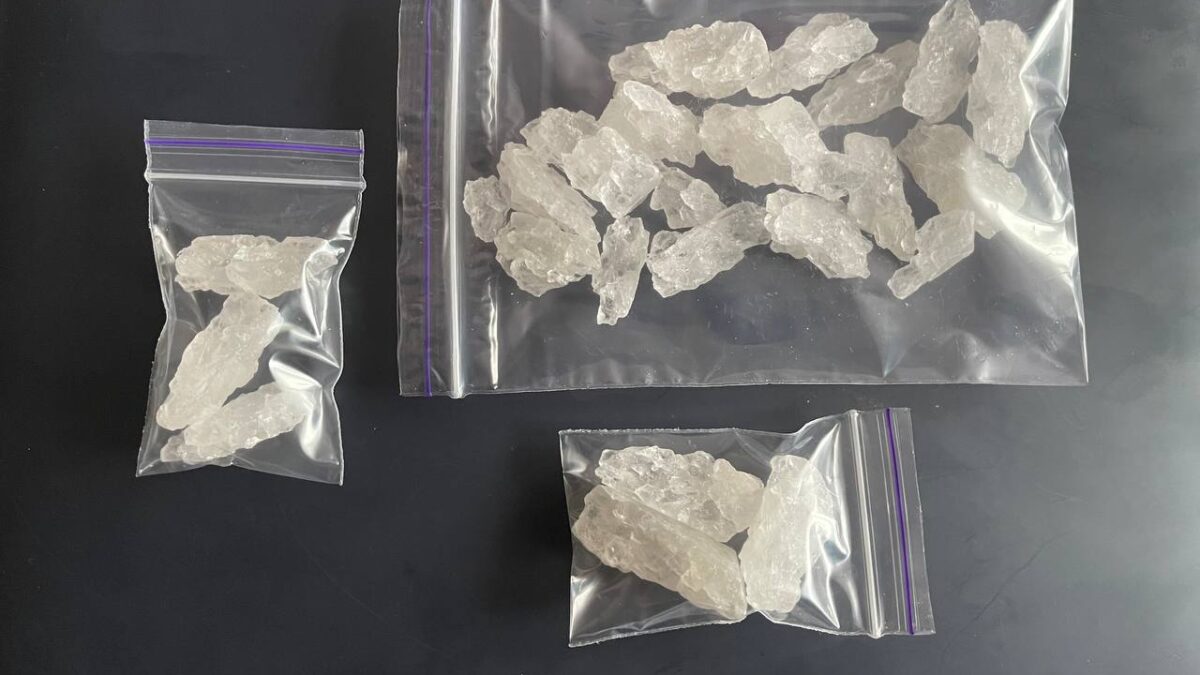Methamphetamine withdrawal
Everything You Need to Know About Meth

Meth binge recovery
Most people experience withdrawal symptoms within 2 to 4 days of their last dose. It typically lasts seven to 14 days, but may last longer. Your symptoms may start off mild and become more severe over the course of a few days. Once they reach peak severity, your symptoms will begin to resolve.

Methamphetamine Withdrawal Symptoms, Timeline and Detox Treatment
Methamphetamine Withdrawal Symptoms
Methamphetamine withdrawal can cause different acute and post-acute symptoms in different people. The severity and duration of meth withdrawal symptoms can vary based on different factors, such as someone’s route of administration, dose, drug purity, level of intoxication, their previous experience with withdrawal, the duration they used meth, their history of meth use, and other considerations.3
Acute meth withdrawal symptoms can include:3
- Fatigue.
- Anxiety.
- Irritability.
- Lack of energy.
- Weight gain.
- Dehydration.
- Chills.
- Insomnia followed by hyper-somnia (sleeping too much).
- Dysphoria (low mood) could progress to clinical depression and suicidal thoughts.
- The inability to think clearly.
- Anhedonia (loss of ability to feel pleasure).
- Withdrawing from others.
- Drug cravings.
Post-acute and protracted withdrawal symptoms from meth can include:3
- Depression.
- Mood swings.
- Drug cravings.
- Loss of ability to experience pleasure.
- Psychosis.
- Suicidal thoughts/ideation.
- Fatigue and excessive sleepiness.
- Increased appetite.
Cravings can be significant and challenging to withstand during withdrawal.3 This often leads to a return to drug use or relapse.3
Methamphetamine withdrawal symptoms can be extremely uncomfortable and unpleasant, but they are not typically life-threatening.5 If you or someone you care about uses meth and wants to quit, you should learn more about meth withdrawal. Withdrawal can be challenging, but professional medical detox can help you safely and more comfortably endure and navigate the withdrawal process
Methamphetamine Withdrawal Timeline: How Long is Meth Withdrawal?
The Methamphetamine withdrawal timeline is influenced by the same factors that affect symptom severity and can also be impacted by the patterns of someone’s use, such as whether they binge and crash or are a chronic or daily meth user.3 Meth withdrawal typically begins within 24 hours after last use and can last between a couple days to weeks.
- Acute withdrawal symptoms, such as dysphoria, anxiety, and agitation, typically begin and peak shortly after someone’s last use (which typically means within 24 hours after their last use). Acute meth withdrawal symptoms gradually decline over time.9 Research reports that acute withdrawal symptoms commonly last 7-10 days, with cravings being the most reported symptom; acute withdrawal symptoms can potentially last up to 2 weeks after a person’s last drug use.9
- Protracted withdrawal are persistent withdrawal symptoms that tend to be similar to acute symptoms but are generally milder and more stable. They commonly last an additional 2-3 weeks after the acute withdrawal phase is over.9
Medically managed withdrawal (providing medications during the withdrawal period) can provide support to ensure a safe and comfortable withdrawal while mitigating the risk of relapse.5
Why Does Methamphetamine Withdrawal Occur?
Methamphetamine dependence can happen after repeated use. Physical dependence occurs when an individual uses meth to the extent that the body thinks it needs the substance to function properly. As a result, if someone is dependent on meth and suddenly stops or cuts down their use of this drug, they can develop methamphetamine withdrawal symptoms.1
When this happens, it reinforces the meth misuse cycle; to prevent withdrawal symptoms from occurring, someone must continue using meth.1 In addition to dependence, someone can also develop a tolerance to meth, which means they need to use increasing amounts of Methamphetamine withdrawal to experience previously-achieved effects, such as euphoria.1
Withdrawal occurs because of neuroadaptations (brain changes) that occur due to repeated meth use, primarily in the dopamine-reward system.1 When someone uses meth, their brain releases abnormal amounts of dopamine, the brain chemical that is responsible for feelings of pleasure and reward.
When someone continually uses Methamphetamine and becomes accustomed to feeling pleasure and euphoria associated with using meth, their “pleasure receptors” are blunted and as a result they have trouble achieving pleasure from naturally occurring things such as food, exercise and sex. As a result of this blunted pleasure effect, this may reinforce their desire to keep using this substance.1 People who use meth are often unable to experience pleasure from anything other than meth.1
Meth Addiction vs. Meth Dependence
Meth dependence is a physiological adaptation of the body, wherein the body becomes so used to meth being present in the system that when the individual cuts back on their use or quits, withdrawal symptoms emerge. In other words, the body feels like it needs meth to physically function. Dependence can lead to strong cravings and compulsive use in the absence of meth in order to avoid unwanted withdrawal symptoms.
Addiction (clinically called a substance use disorder) refers to the compulsive, uncontrollable use of meth despite all of the harm that it causes. Addiction encompasses not only physical changes (such as dependence) but harmful behaviors that affect every aspect of an individual’s life. Addiction elicits changes in the brain which impact an individual’s drive, motivation, thought process and behaviors so much that meth use becomes prioritized over all else.
Can Using Meth Once Cause Withdrawal?
There is currently inadequate research to indicate that using meth just one time will cause withdrawal symptoms. The National Institute on Drug Abuse (NIDA) reports that withdrawal occurs when people who chronically use (become dependent on meth) meth stop or cut down their meth use.1
Meth Withdrawal Detox Treatment
Meth withdrawal management is the process of clearing the drug from the body while a team of medical professionals helps the patient manage the symptoms of their withdrawal.5 Meth withdrawal management, or detox, is often the first step in a substance use disorder (SUD) treatment program.5
After detoxification, most people will benefit from additional treatment, such as inpatient or outpatient rehab. Patients who partake in a medically-assisted detox program will receive help finding the right program to address the behavioral and social aspects of their addiction (and other relevant needs) once their detox is complete.5
The benefits of medically assisted detox for meth withdrawal can include:3,5
- Monitoring for medical/mental health risks. Meth withdrawal can result in severe depression or suicidal thoughts, so medical supervision can help someone stay safe.
- Providing structure and support. This can help a person focus on recovery and help prepare them for further treatment.
- Taking someone out of the environment where they use meth. This can help reduce environmental cue-induced cravings that could lead to relapse.
- Providing nutritional support if necessary. Meth misuse can be associated with weight loss and inadequate nutrition; someone who is struggling with Methamphetamine addiction may need support such as larger or high-calorie meals, electrolyte supplementation, or consultation with a dietary specialist.
As previously mentioned, people may enter inpatient rehab or outpatient treatment once they have completed detox. Professional treatment in the form of different behavioral therapies can provide several benefits, such as:
- Helping a patient learn ways to prevent relapse.
- Teaching a patient healthier coping and stress management skills.
- Helping a patient uncover and work through the underlying reasons they developed an addiction in the first place.
If someone participates in inpatient rehab, they will have the added benefit of 24/7 monitoring and support to help them stay safe and to address any co-occurring needs that may arise. This added support can be especially critical if someone has life-threatening medical problems or co-occurring psychiatric disorders.3
The following are some behavioral therapies can be used to help an individual overcome their methamphetamine addiction:
- Cognitive-behavioral therapy (CBT). This helps patients identify and make changes to unhelpful or unhealthy thoughts and behaviors that contribute to their substance abuse. Some research has found that CBT can be especially helpful in treating stimulant addiction when combined with contingency management.
- Contingency management (CM), which involves principles of positive reinforcement. It provides tangible rewards when someone achieves a target behavior (such as a negative drug test) and withholds the reward if the target is not met.
After detox and during all stages of treatment, it’s essential to ensure that a patient receives adequate nutrition and exercise to help them stay healthy throughout their recovery.3
Methamphetamine Withdrawal Medications
There are no medications to help with meth withdrawal, nor are there FDA-approved medication treatments for stimulant use disorder.1 If someone participates in medically managed detox, they may receive adjunctive medications to help alleviate some of their symptoms that can arise during withdrawal, such as headaches or insomnia.5
Methamphetamine Withdrawal Risks & Outlook
The greatest risks of Methamphetamine withdrawal are potentially severe symptoms of depression and suicidal thoughts, which can lead to a risk of self-harm and suicide.3 Proper monitoring, support, and management are necessary to help people effectively navigate these risks and help them stay safe.3 Meth withdrawal can be complicated by different factors, such as medical issues, mental health conditions, or polysubstance use.3
With proper treatment, people can successfully detox from meth and recover from a substance use disorder or meth dependence.1 p. 3 top After detox, it is often imperative to remain in a treatment program to help someone learn new skills, prevent relapse, and solidify their recovery.3 The treatment dropout rate for stimulant addiction is high.3 While entering treatment is important, remaining in and completing a meth rehab treatment program is crucial to help prevent the negative consequences of meth abuse and addiction.3

